Ushabti of the boy king TUTANKHAMUN, With unique Carving on it, Altar Statue, 13.7″ Basalt Stone Statue, Handmade in Egypt
Original price was: $470.$259Current price is: $259.
This is an Ushabti of Tutankhamun, with carefully made carving around it, this statue is made from basalt stone and it is the exact replica, it has beautiful color and it’s carefully made for you to give a lovely taste to your collection.
�️ ���� �� ����� �� �️
The ushabti was a funerary figurine used in ancient Egyptian funerary practices.
Ushabtis were placed in tombs among the grave goods and were intended to act as servants or minions for the deceased, should they be called upon to do manual labor in the afterlife. The figurines frequently carried a hoe on their shoulder and a basket on their backs, implying they were intended to farm for the deceased. They were usually written on by the use of hieroglyphs typically found on the legs. They carried inscriptions asserting their readiness to answer the gods’ summons to work.
The practice of using ushabtis originated in the Old Kingdom of Egypt (c. 2600 to 2100 BCE), with the use of life-sized reserve heads made from limestone, which were buried with the mummy. Most ushabtis were of minor size, and many produced in multiples – they sometimes covered the floor around a sarcophagus. Exceptional ushabtis are of larger size or produced as a one-of-a-kind masterwork.
Due to the ushabti’s commonness through all Egyptian time periods, and world museums’ desire to represent ancient Egyptian art objects, the ushabti is one of the most commonly represented objects in Egyptology displays. Produced in huge numbers, ushabtis, along with scarabs, are the most numerous of all ancient Egyptian antiquities to survive.
Tutankhamun was an ancient Egyptian pharaoh who was the last of his royal family to rule during the end of the 18th Dynasty (ruled c. 1334 – 1325 BC in the conventional chronology) during the New Kingdom of Egyptian history. His father was the pharaoh Akhenaten, believed to be the mummy found in the tomb KV55. His mother is his father’s sister, identified through DNA testing as an unknown mummy referred to as “The Younger Lady” who was found in KV35.
Tutankhamun took the throne at eight or nine years of age under the unprecedented viziership of his eventual successor, Ay, to whom he may have been related. He married his half sister Ankhesenamun. During their marriage, they lost two daughters, one at 5–6 months of pregnancy and the other shortly after birth at full-term. His names—Tutankhaten and Tutankhamun—are thought to mean “Living image of Aten” and “Living image of Amun”, with Aten replaced by Amun after Akhenaten’s death. A small number of Egyptologists, including Battiscombe Gunn, believe the translation may be incorrect and closer to “The-life-of-Aten-is-pleasing” or, as Professor Gerhard Fecht believes, reads as “One-perfect-of-life-is-Aten”.
Tutankhamun restored the Ancient Egyptian religion after its dissolution by his father, enriched and endowed the priestly orders of two important cults and began restoring old monuments damaged during the previous Amarna period. He moved his father’s remains to the Valley of the Kings as well as moving the capital from Akhetaten to Thebes. Tutankhamun was physically disabled with a deformity of his left foot along with bone necrosis that required the use of a cane, several of which were found in his tomb. He had other health issues including scoliosis and had contracted several strains of malaria.X
Material:
Basalt stone
- Additional information
Additional information
| Material | Basalt Stone |
|---|---|
| Width | 3.2 inches |
| Height | 13.7 inches |
| Depth | 2.1 inches |

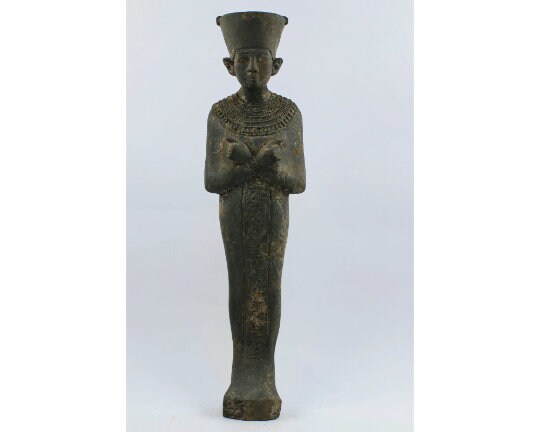
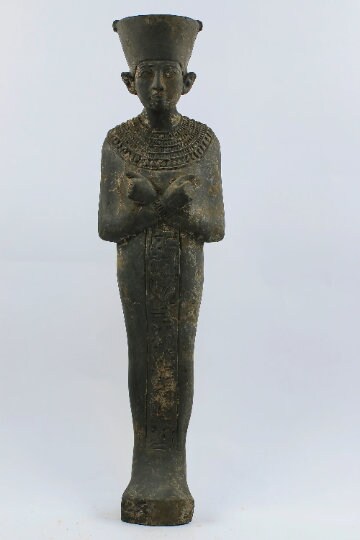
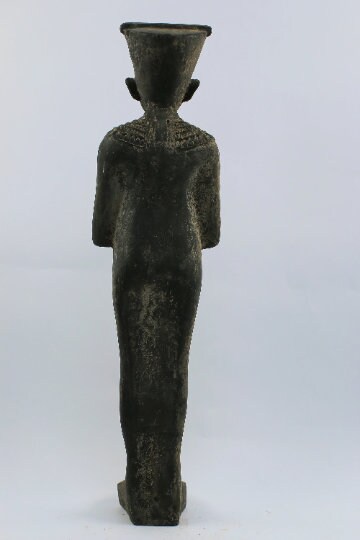
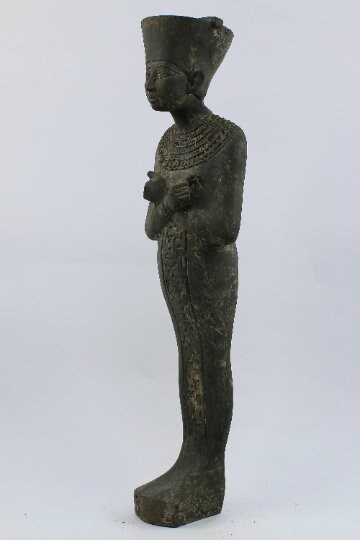
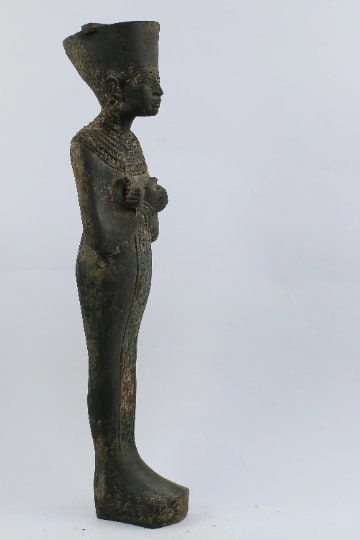
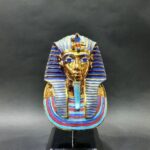
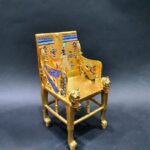
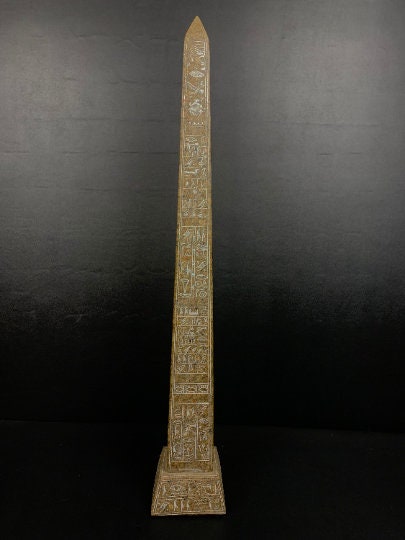
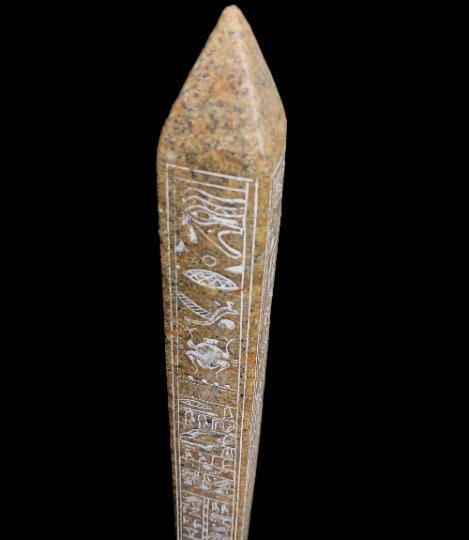
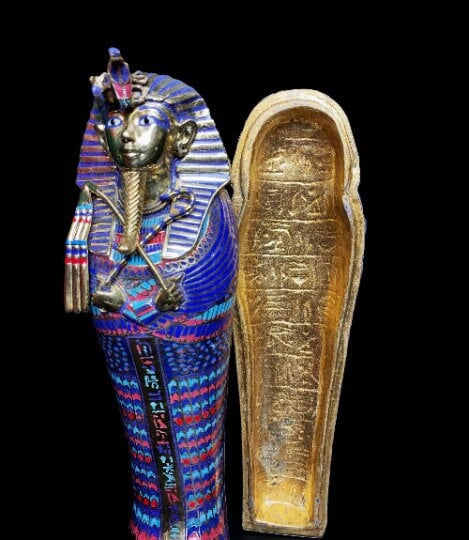
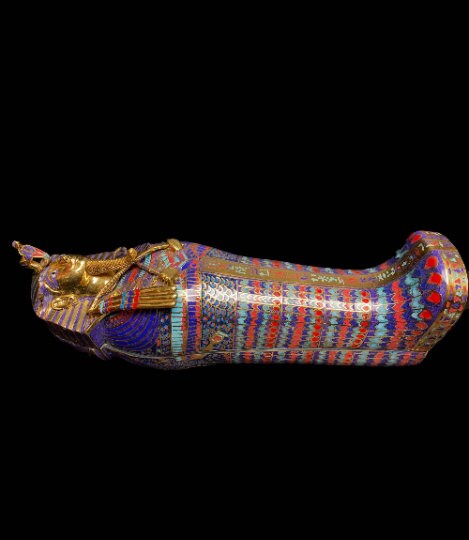
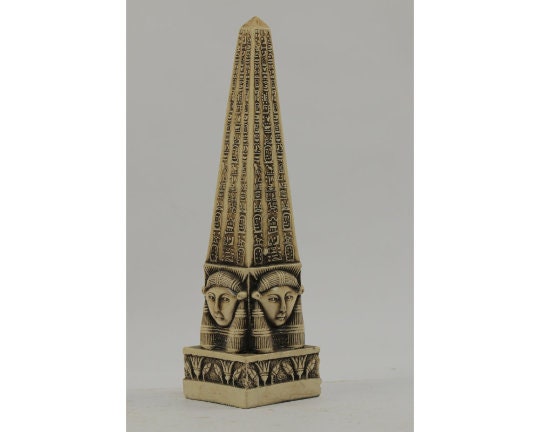
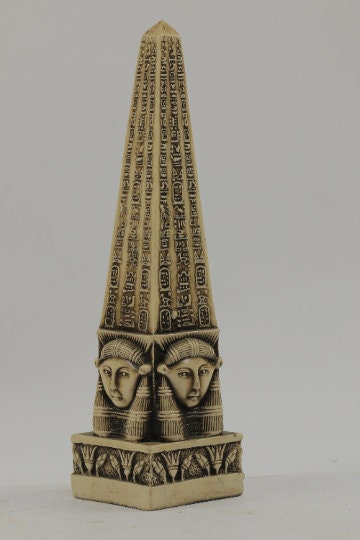
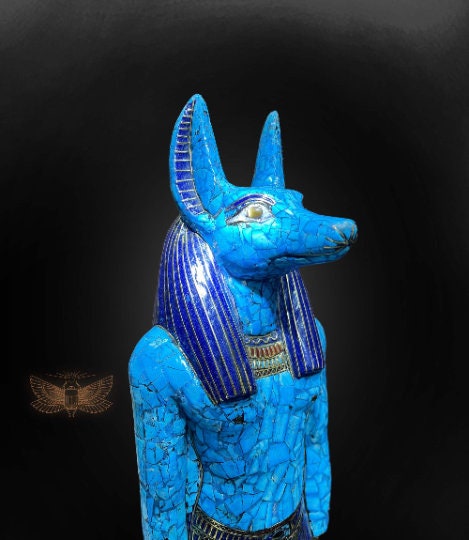
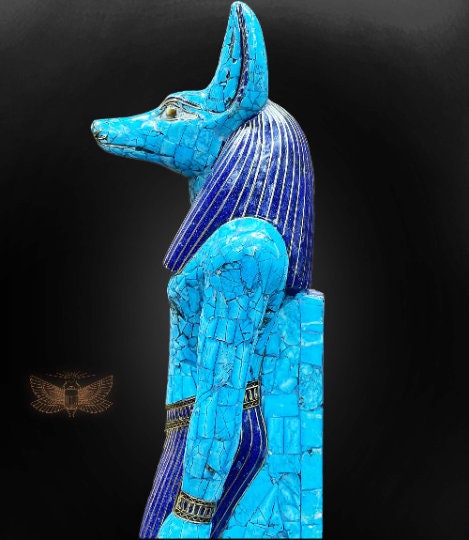
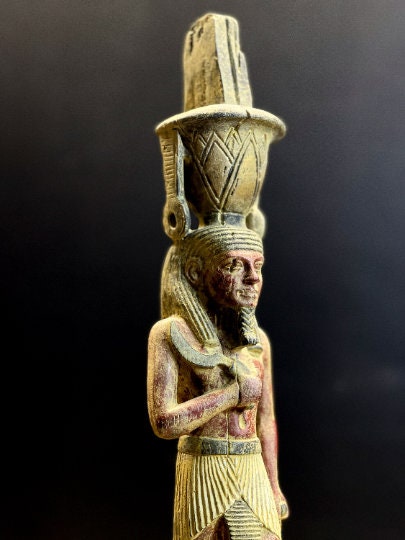
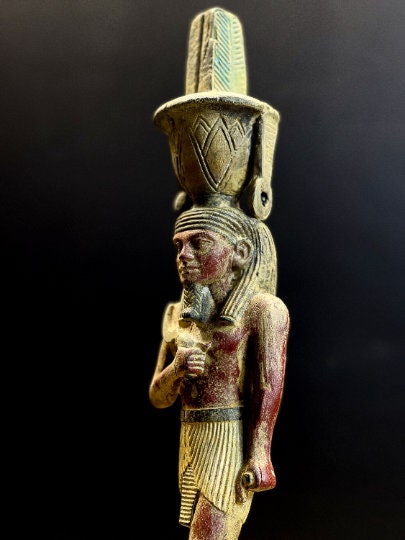
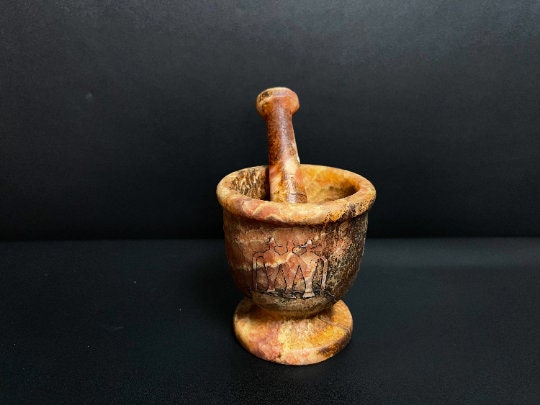
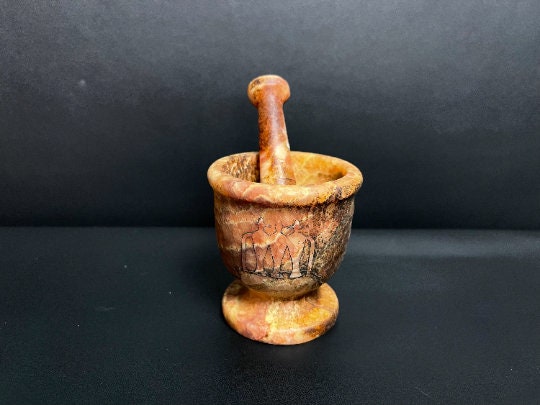
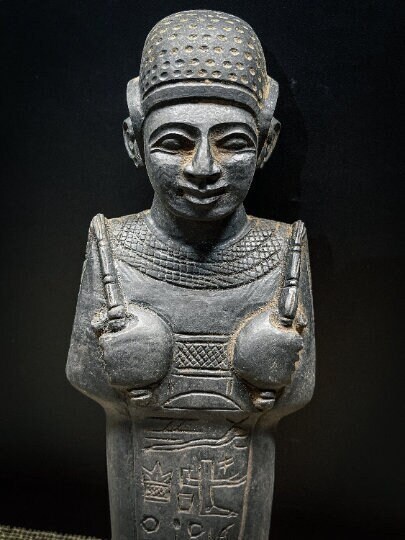
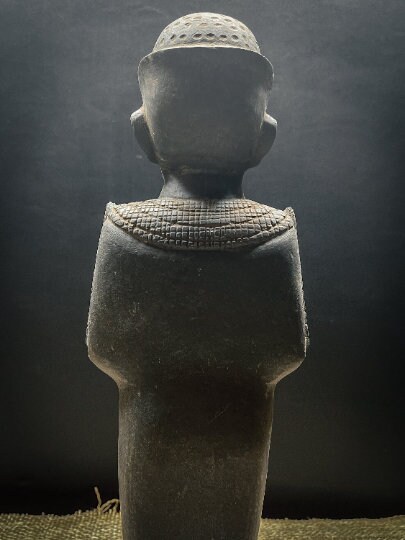
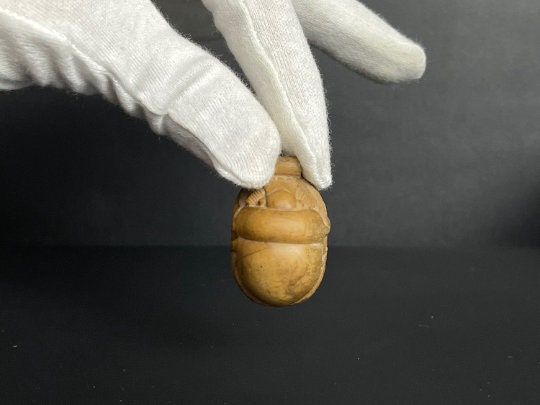
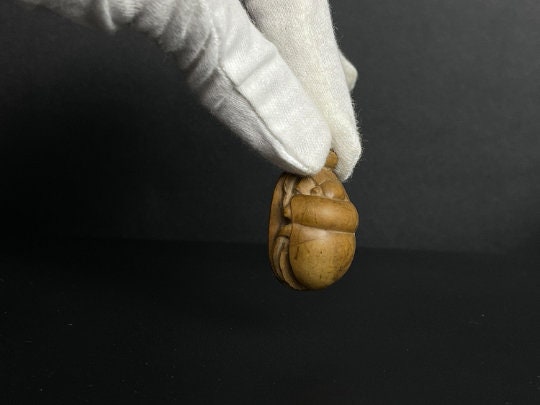
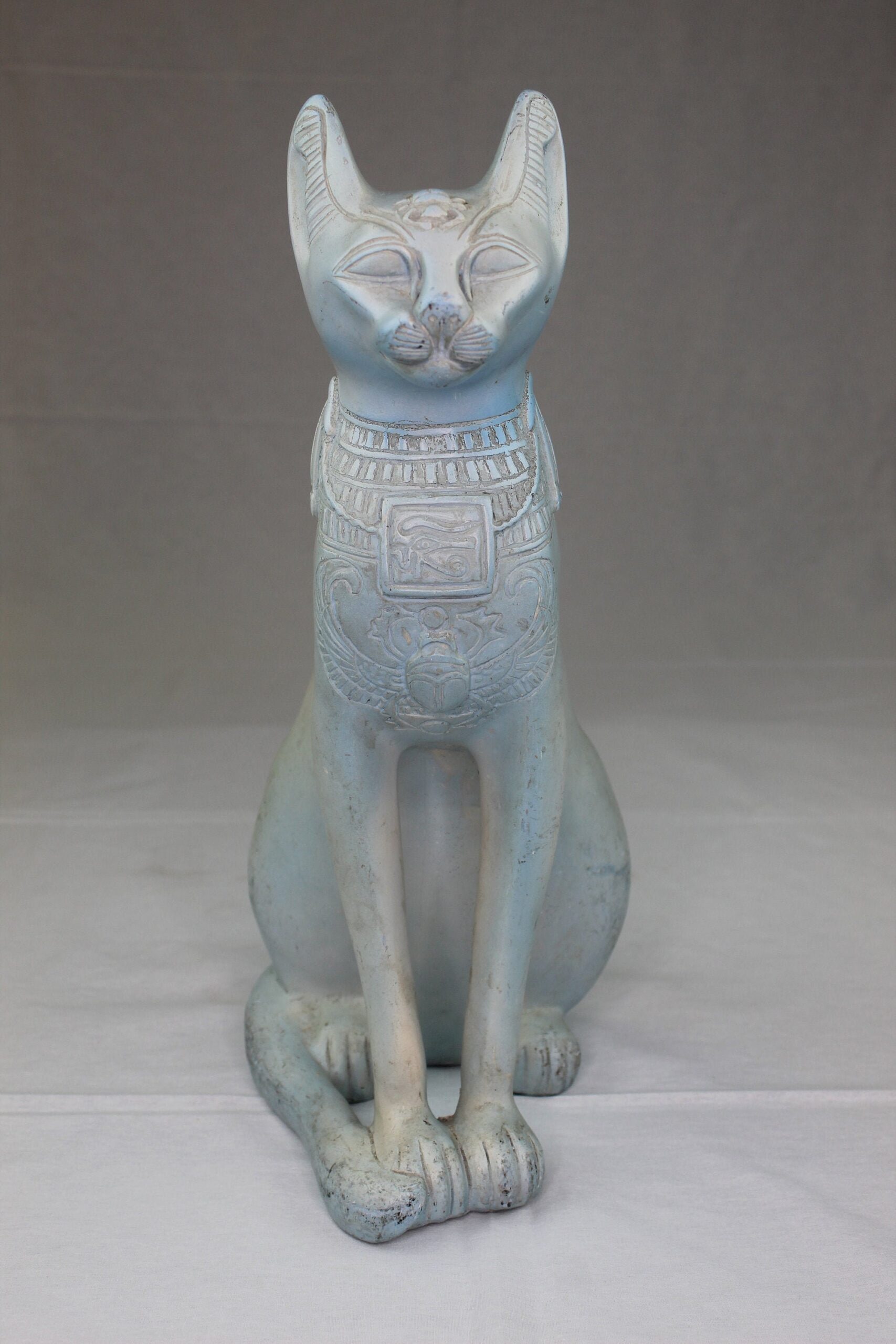
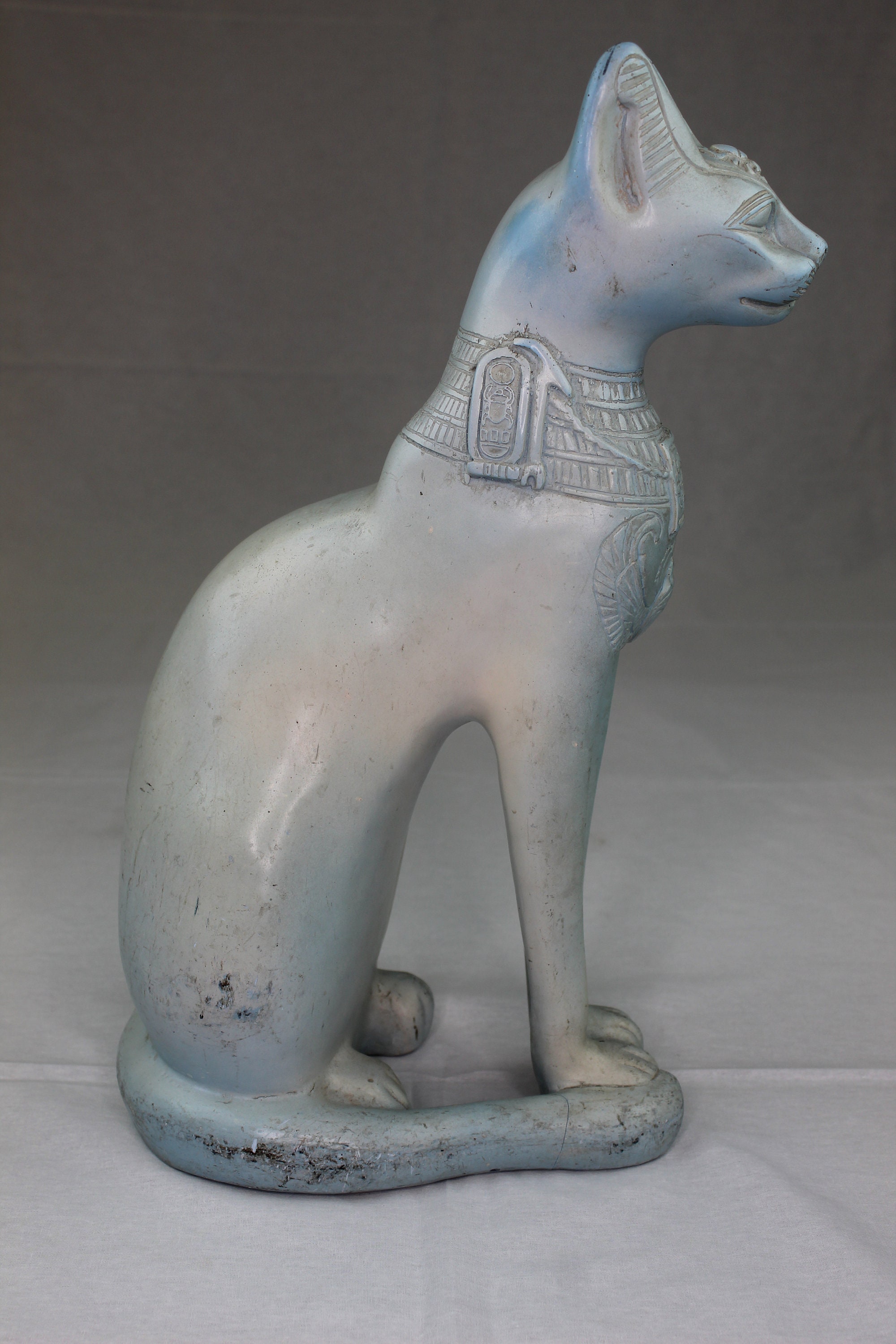

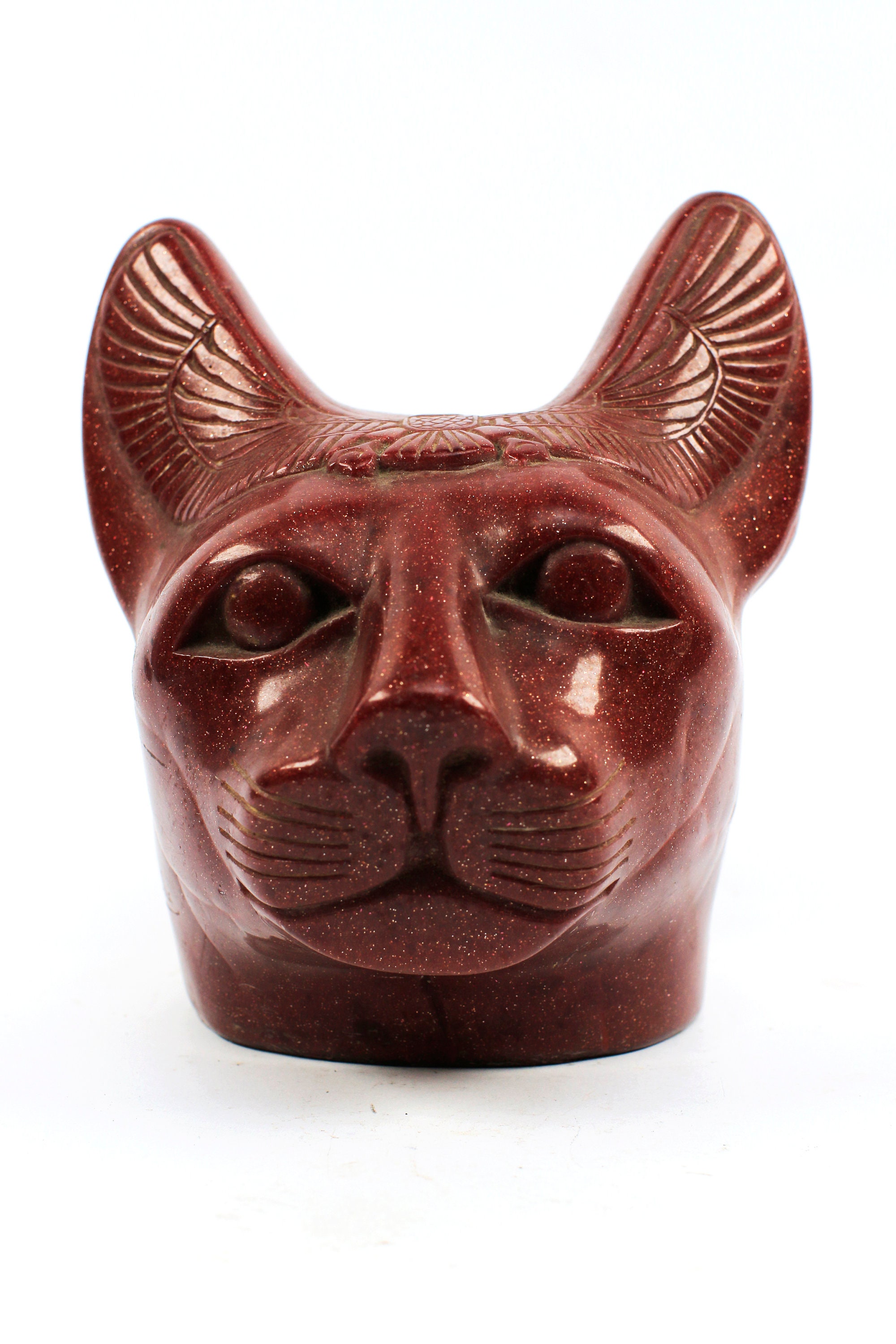
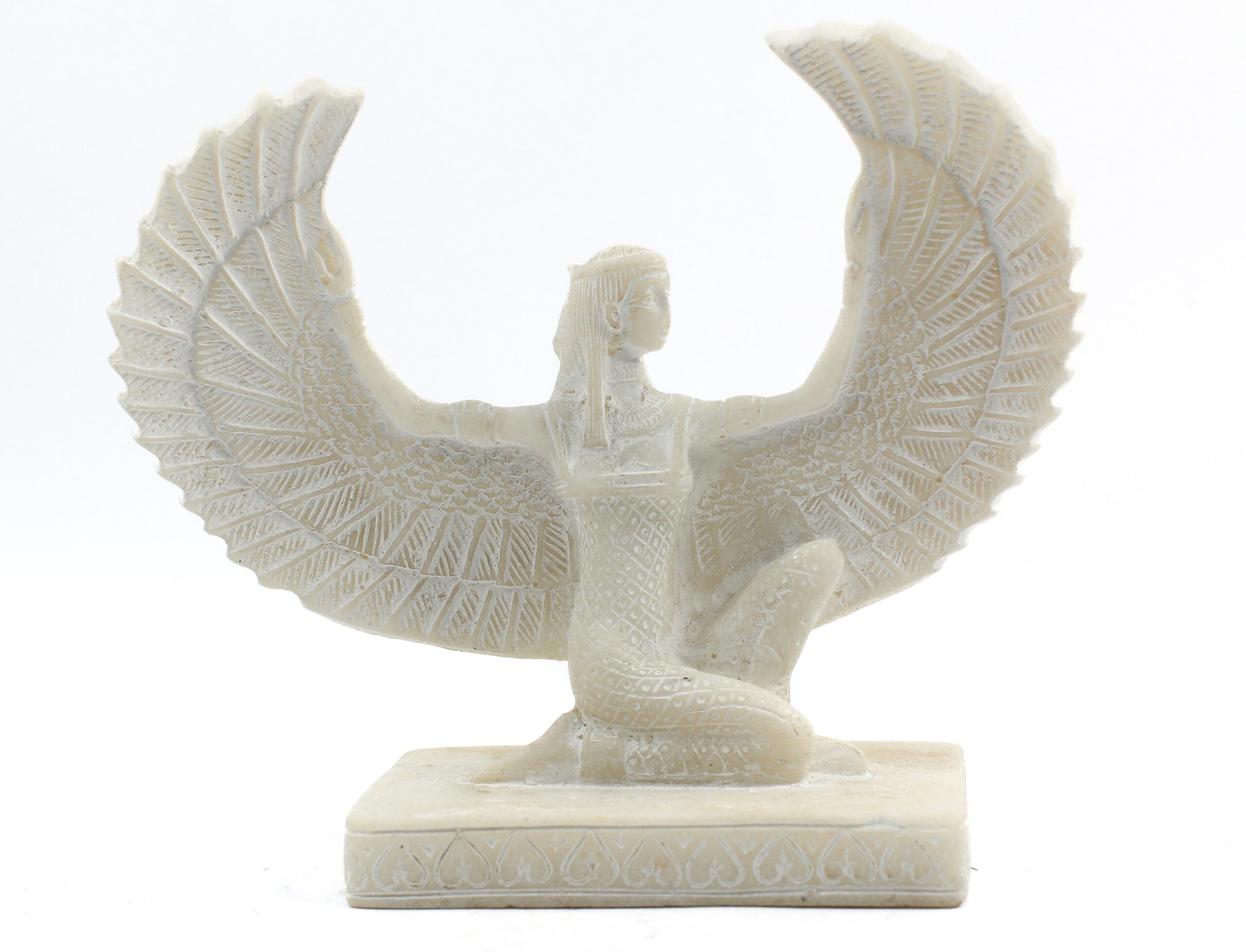

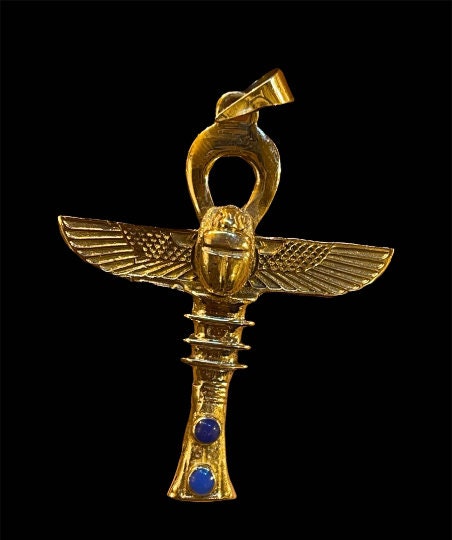
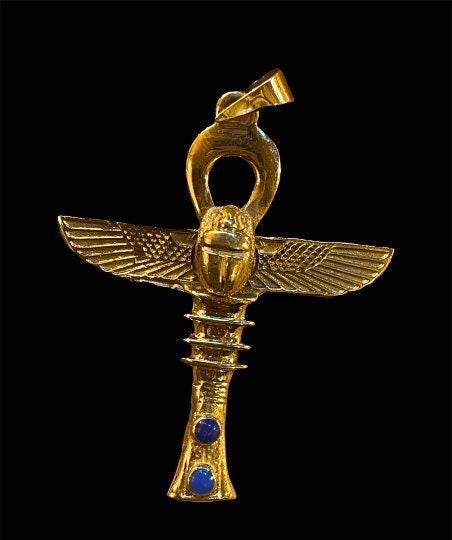
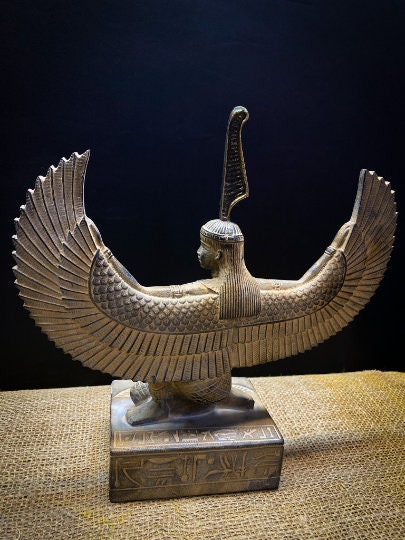
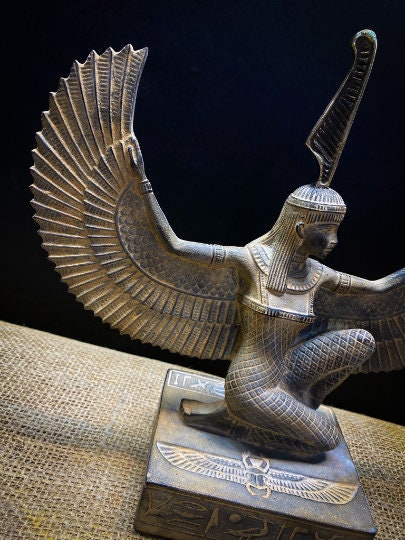

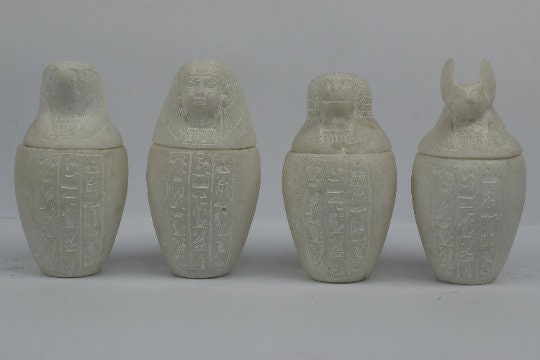
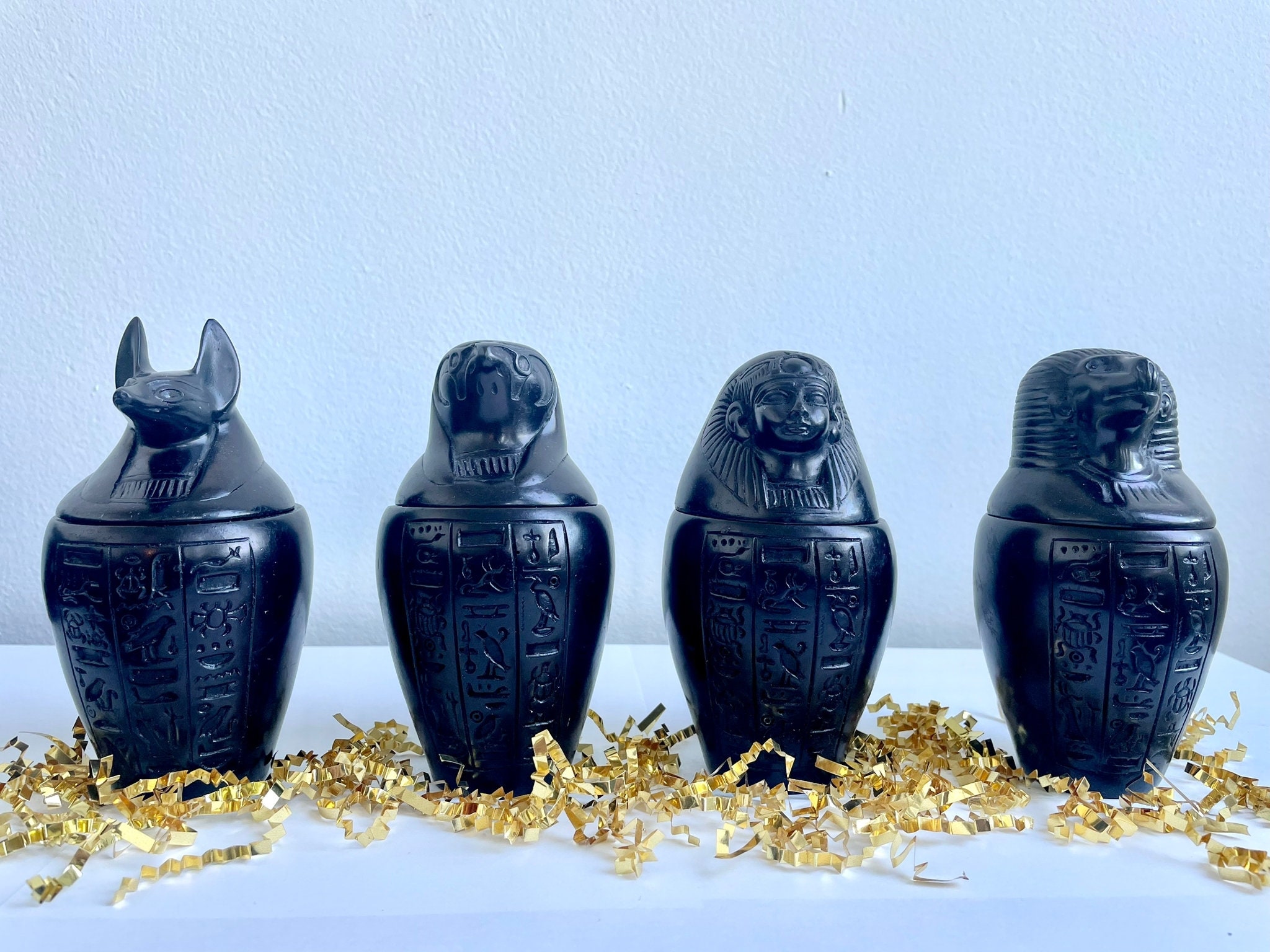
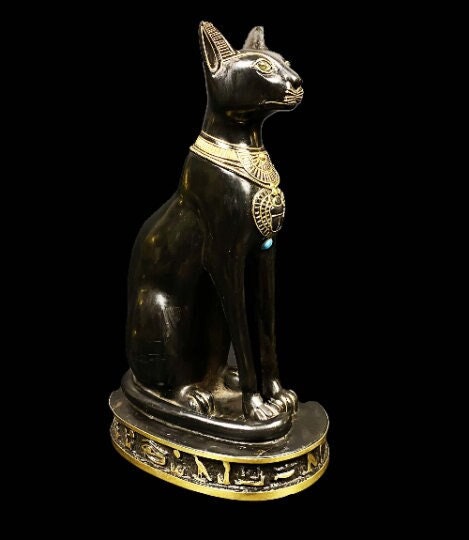
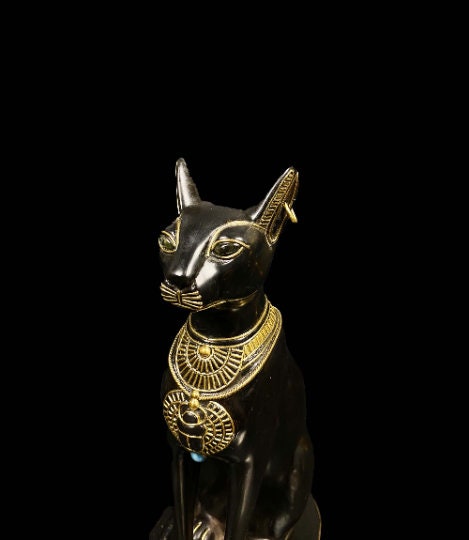

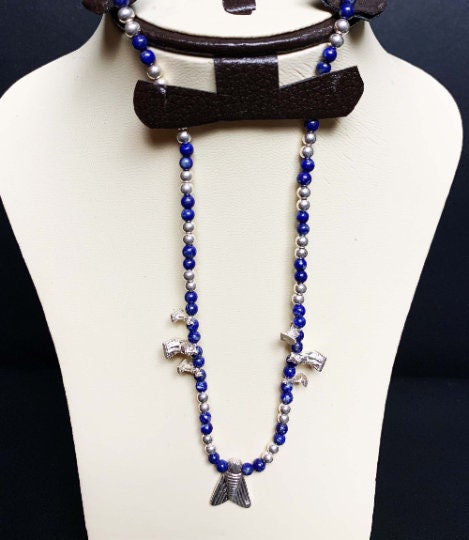
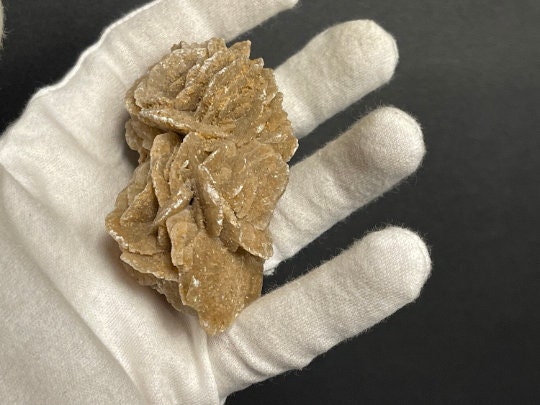
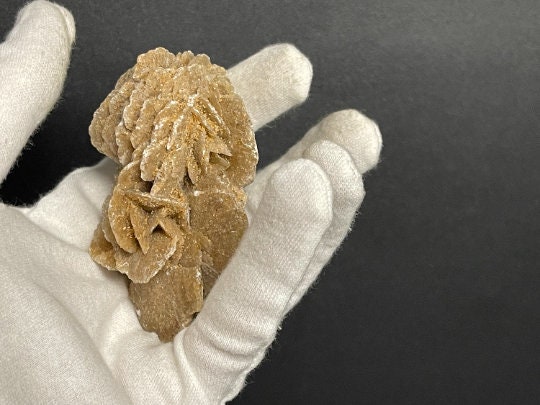
What others are saying
There are no contributions yet.